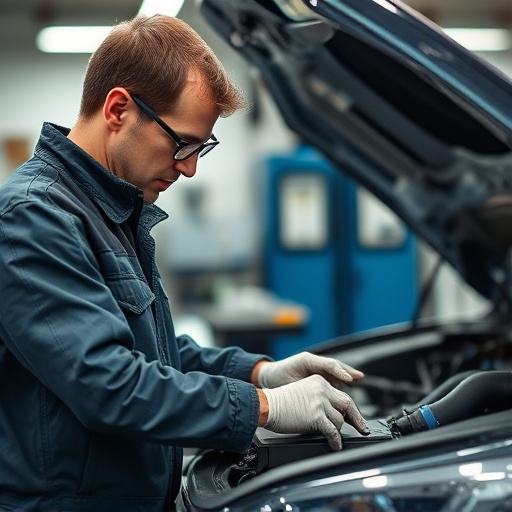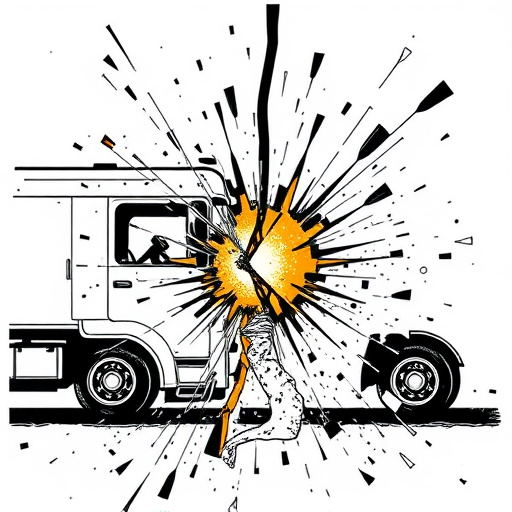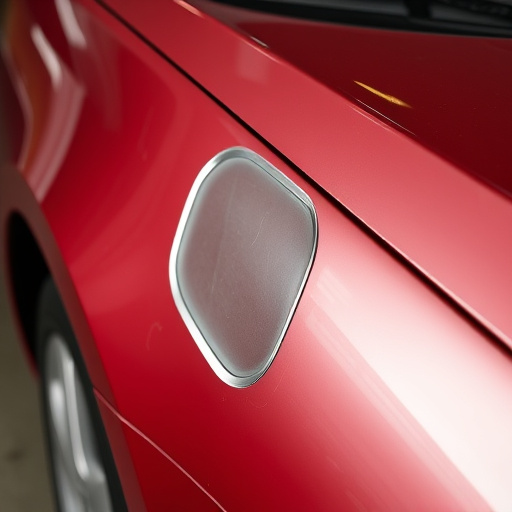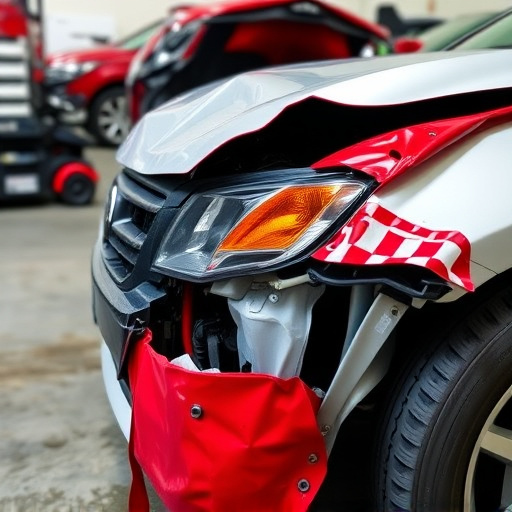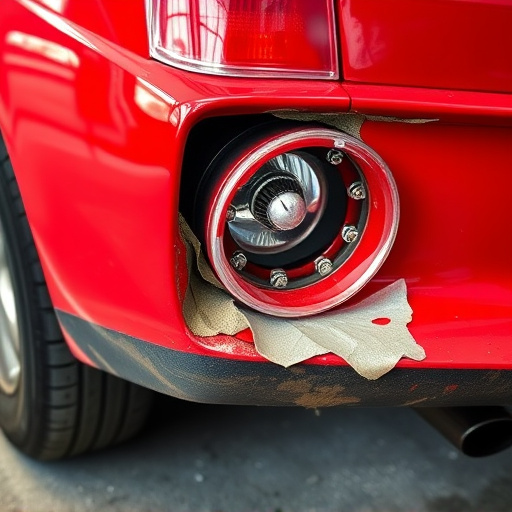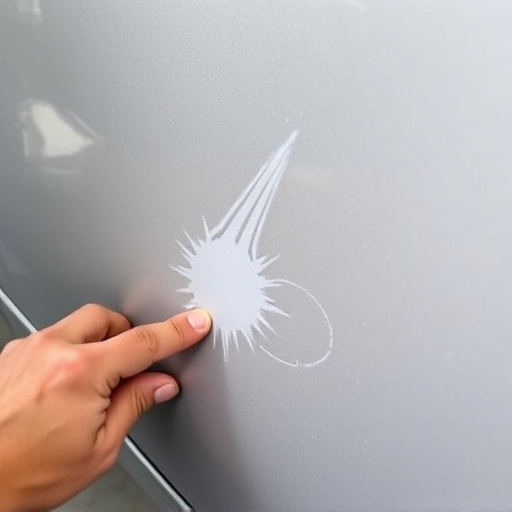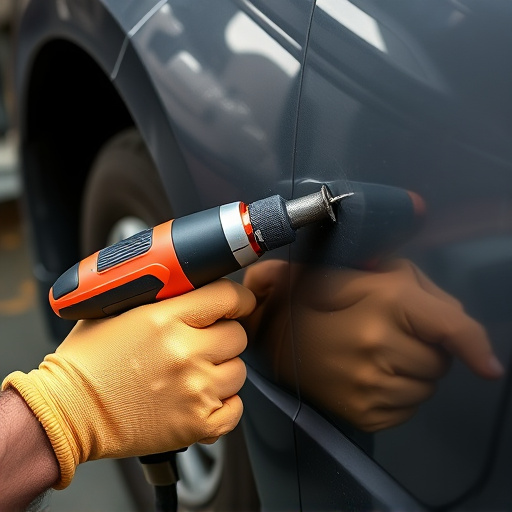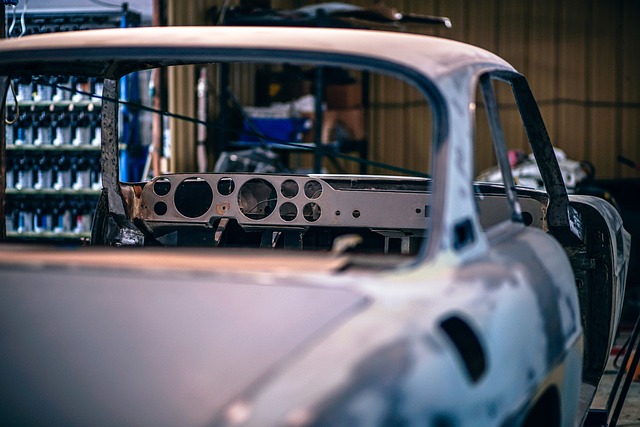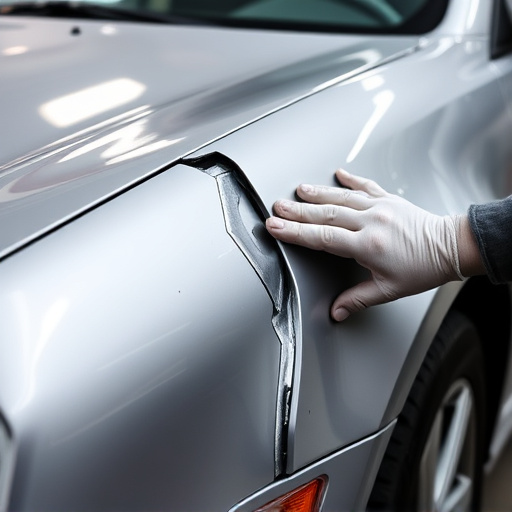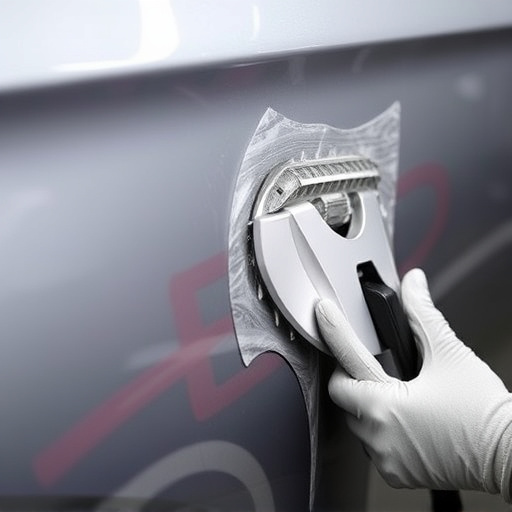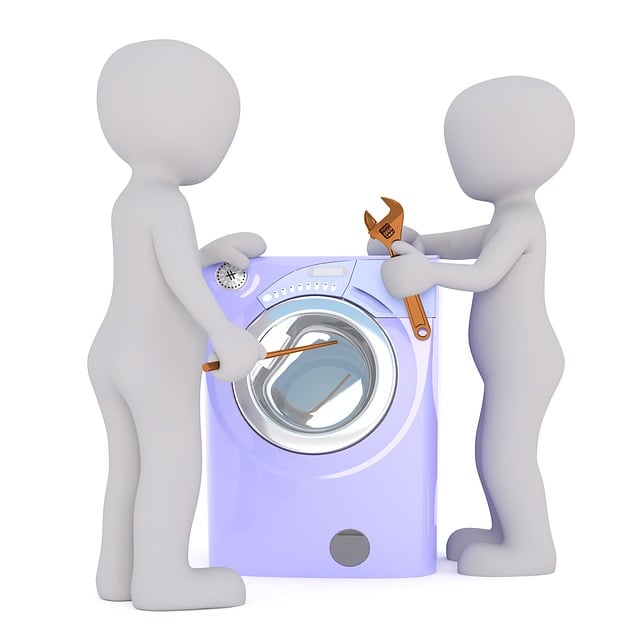The brake system collision check is a critical safety feature regulated to prevent and mitigate vehicular collisions, enhancing road safety. Auto body services and collision repair centers must understand and integrate this advanced system, employing sensors and technology for accurate crash detection. Effectiveness relies on diagnostic tools, meticulous inspections, and thorough record-keeping for anomaly identification. Regular maintenance through routine inspections extends vehicle lifespan, improves fleet efficiency, and ensures compliance with safety regulations.
Brake system collision check is a critical component of vehicle safety and regulatory compliance. With stringent regulations in place to ensure passenger protection, understanding and implementing effective collision checking procedures are essential for automotive manufacturers and fleet operators. This article delves into the intricacies of brake system collision check regulations, highlighting key components and the vital role of regular maintenance in achieving full compliance.
- Understanding Brake System Collision Check Regulations
- Key Components of Effective Collision Checking
- The Role of Regular Maintenance in Compliance Success
Understanding Brake System Collision Check Regulations
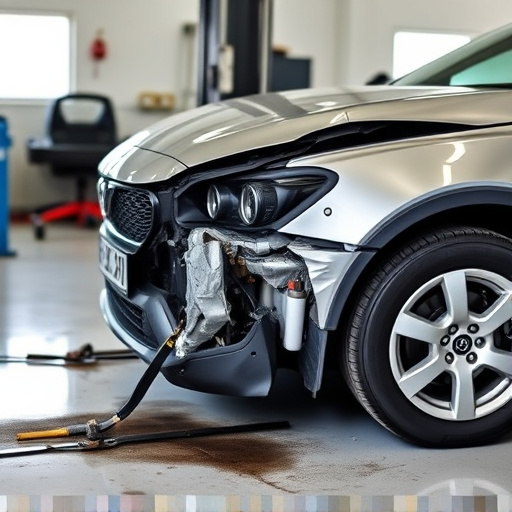
The brake system collision check is a critical safety feature that has gained significant regulatory attention. These regulations aim to ensure that vehicles are equipped with advanced braking systems capable of preventing or mitigating collisions, thereby enhancing road safety. Compliance with these standards is not just about adhering to legal requirements but also demonstrating a commitment to providing high-quality and safe automobiles.
For auto body services and collision repair centers, understanding these regulations is essential. The brake system collision check involves sophisticated sensors and technology that detect potential crashes and apply the brakes accordingly. This proactive approach to safety means that automotive restoration experts must be well-versed in integrating and maintaining these systems during repairs or upgrades to ensure they function optimally post-collision.
Key Components of Effective Collision Checking
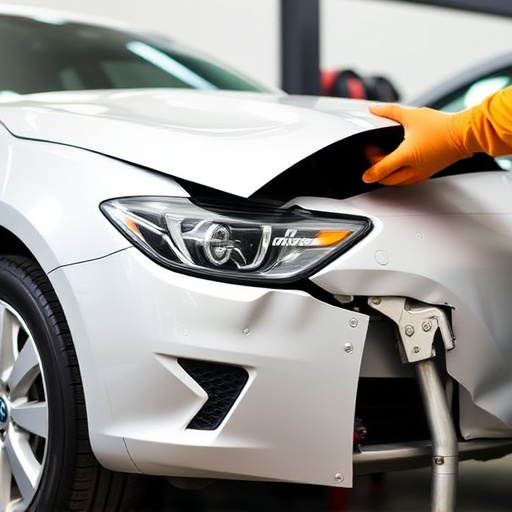
The effectiveness of a brake system collision check relies on several crucial components that work harmoniously to ensure safety and regulatory compliance. First and foremost, advanced diagnostic tools are essential. These tools enable mechanics to precisely identify any anomalies or wear and tear in the brake system, from pads and rotors to calipers and master cylinders. Accurate diagnosis is the cornerstone of effective collision checking, ensuring that every potential issue is uncovered.
Moreover, a comprehensive check includes thorough inspections and meticulous record-keeping. Mechanics must closely examine each component for damage, corrosion, or signs of excessive wear, often requiring specialized knowledge and experience. Proper documentation of these findings is vital, serving as a permanent record for tracking maintenance history and facilitating regulatory audits. This meticulous approach, combined with up-to-date industry standards, ensures that vehicles undergo rigorous collision checks, ultimately enhancing road safety and upholding legal requirements, much like a well-maintained car bodywork services keeps vehicles in optimal condition, free from unsightly dents or structural damage, reflecting the vehicle’s true worth on the market.
The Role of Regular Maintenance in Compliance Success
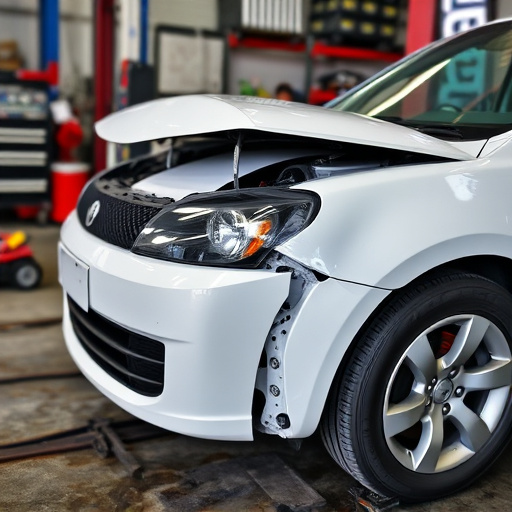
Regular maintenance plays a pivotal role in ensuring that brake system collision checks meet regulatory standards. By conducting routine inspections and servicing, fleet managers and automotive professionals can identify potential issues early on. This proactive approach is key to compliance success, as it allows for prompt repairs and adjustments to prevent any gaps in safety standards. Well-maintained brake systems not only extend the lifespan of vehicles but also contribute to the overall efficiency and reliability of a fleet, which is essential for operations that require stringent regulatory adherence.
The significance of regular maintenance cannot be overstated, especially in the context of brake system collision checks. It involves more than just checking for physical damage; it encompasses detailed assessments of components like pads, rotors, calipers, and fluid levels. By keeping these systems in optimal condition, repair shops and fleet managers can effectively reduce the likelihood of post-collision repairs being needed, thereby saving time and resources. This attention to detail is a cornerstone of the automotive industry’s commitment to both safety and regulatory compliance.
The implementation of a robust brake system collision check is not just a regulatory requirement but also a vital safety measure. By understanding the regulations, ensuring key components are in place, and prioritizing regular maintenance, fleet operators can stay compliant and enhance overall vehicle safety. This proactive approach to brake system collision checking is a game-changer in the transportation industry, ensuring both regulatory adherence and the well-being of drivers and passengers alike.
